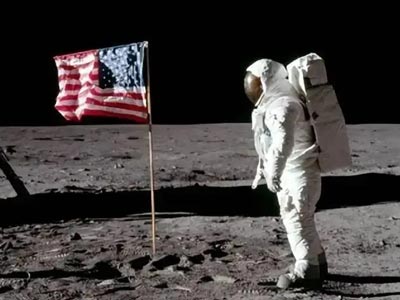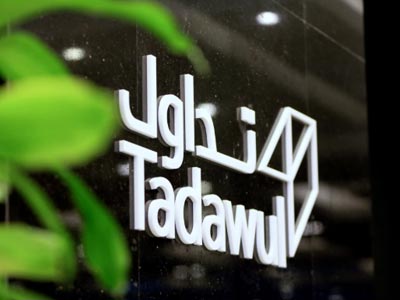China's ban has brought Australia's A$116 billion iron ore trade to a standstill. On September 30, 2025, China National Mineral Resources Group issued a notice to domestic steel companies, demanding a halt to all purchases of BHP Billiton seaborne iron ore priced in US dollars. This decision directly hit the lifeline of Australia's economy. Prime Minister Albanese issued an emergency statement within 24 hours, expressing "disappointment" with China's decision, emphasizing the importance of iron ore trade to both economies and hoping for a "swift resolution" to the issue. However, this time, China's action was not a spur-of-the-moment move, but a precise counterattack based on long-term strategic planning.

For the first time, the pricing power game in the global iron ore market has seen a substantial turning point. BHP Billiton, one of Australia's three largest mining giants, insisted on two conditions in its long-term purchase agreement negotiations with China: continued settlement in US dollars and a 15% price increase over the existing level. This demand stands in stark contrast to the current spot price of approximately $80 per ton. China, on the other hand, explicitly demanded settlement in RMB and long-term contracts based on spot market prices. The seventh round of trade consultations, held on September 28th, ended in acrimony due to differing positions.
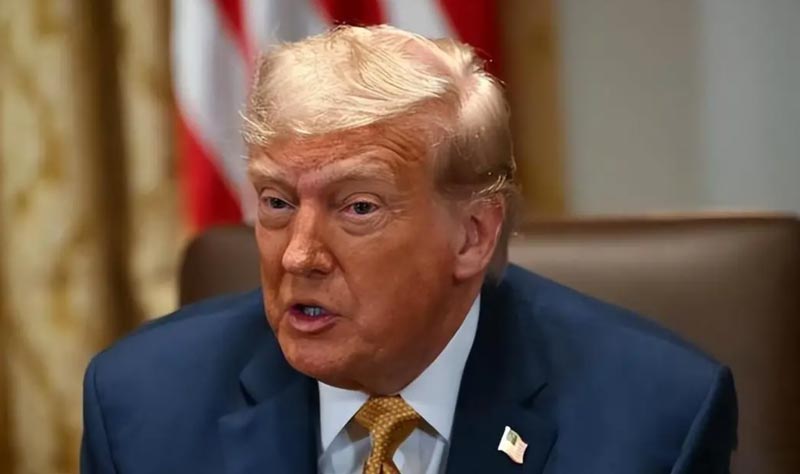
The Chinese market represents over 500 billion RMB in annual trade volume for BHP Billiton. Following the announcement of the purchase suspension order, BHP Billiton's share price plummeted by approximately 3.4%, wiping out over A$12 billion in market value. Australian Treasurer Jim Chalmers was forced to meet urgently with BHP Billiton CEO Mike Henry to discuss countermeasures. Iron ore export revenue accounts for approximately 5% of Australia's GDP, with exports to China comprising 85% of its total iron ore exports.

The establishment of China National Mineral Resources Group has radically altered the negotiation landscape. Established in 2022, this state-owned enterprise consolidates the purchasing needs of over 600 domestic steel companies, transforming China from a "retail trader" model to a "super buyer" with unified procurement. Immediately after its establishment, the group promoted the development of Guinea's Simandou iron ore mine. This "global iron king" project, boasting reserves exceeding 5 billion tons and a grade of 67%, is expected to begin production by the end of 2025, with an initial annual output of 60 million tons.
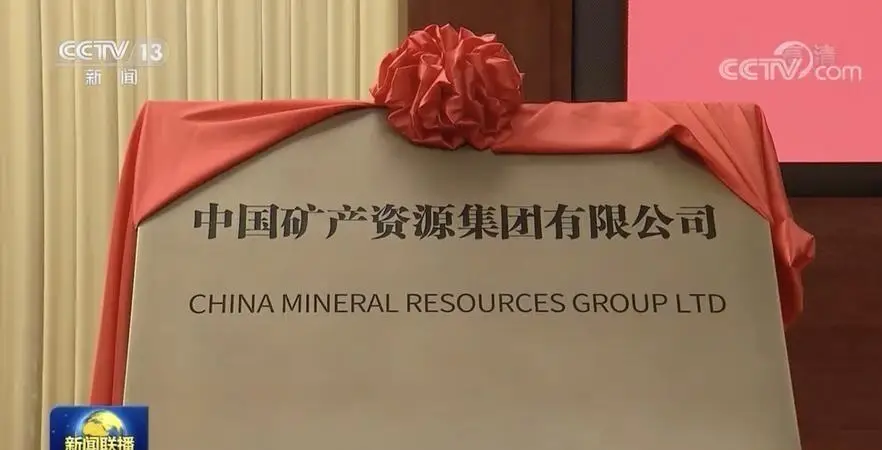
The improved African iron ore supply chain provides China with an alternative. The 650-kilometer railway line from the Simandou iron ore mine to the port of Matacon, built by China Railway Construction Corporation, is expected to be fully operational by November 2025. Meanwhile, Brazil's Vale, the world's second-largest iron ore producer, has agreed to use RMB for trade settlement with China. Fortescue Metals Group, Australia's third-largest iron ore producer, has even applied for a RMB 14.2 billion loan from China, promising to repay it with iron ore.
RMB settlement has become a central focus of this negotiation.
The RMB iron ore swap business launched by Hainan provides financial infrastructure support for RMB pricing of bulk commodities.
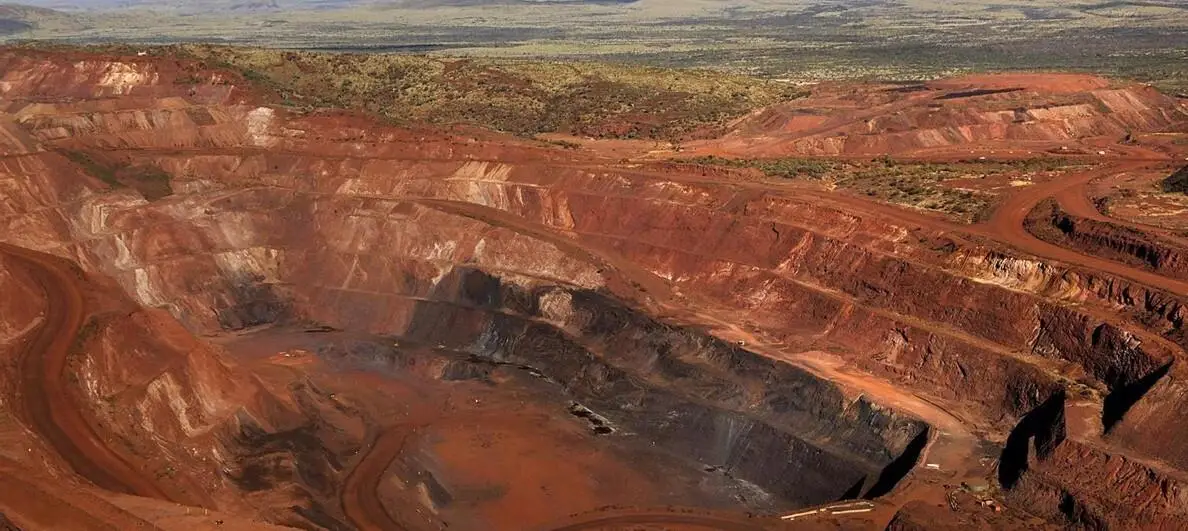
Australia's monopoly in the iron ore trade has previously cost China dearly. Between 2003 and 2008, China incurred an additional cost of approximately 700 billion RMB due to skyrocketing iron ore prices. At the time, the three major mining companies, through a "first-sign-and-follow mechanism," collaborated with Japanese steel mills to inflate long-term contract prices, leaving China, the largest buyer, with no pricing power. Even during the 2009 global financial crisis, China was forced to accept high prices despite negotiating a 40% price reduction.
China's current strategy of diversifying its iron ore imports has yielded results. Import sources have been diversified by over 65%, with a long-term agreement with Brazil's Vale for 50 million tons per year. China has also built 12 port storage facilities across the country to ensure a stable supply chain. These arrangements give China greater leverage in negotiations.
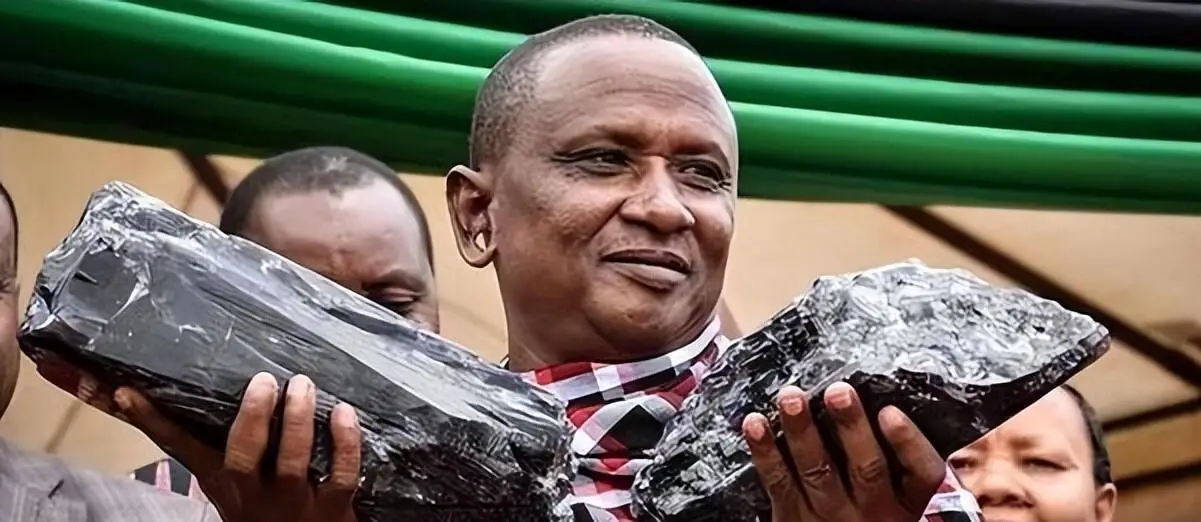
BHP Billiton's price increases are based on expectations of an economic recovery. However, China's era of large-scale infrastructure construction has ended. Steel demand has shifted from construction to manufacturing, and the quality requirements for iron ore have changed. Simandou's high-grade iron ore is more suitable for green steel production, while Australia's low-grade mines are at risk of being phased out.
The global iron ore market supply landscape is reshaping. Iron ore prices are expected to fall by nearly 20% year-on-year from 2024 to 2025. BHP Billiton's annual profits have fallen to their lowest level in five years, forcing it to cut exploration spending. Meanwhile, iron ore supply from countries like Russia and Peru continues to increase, further intensifying market competition.
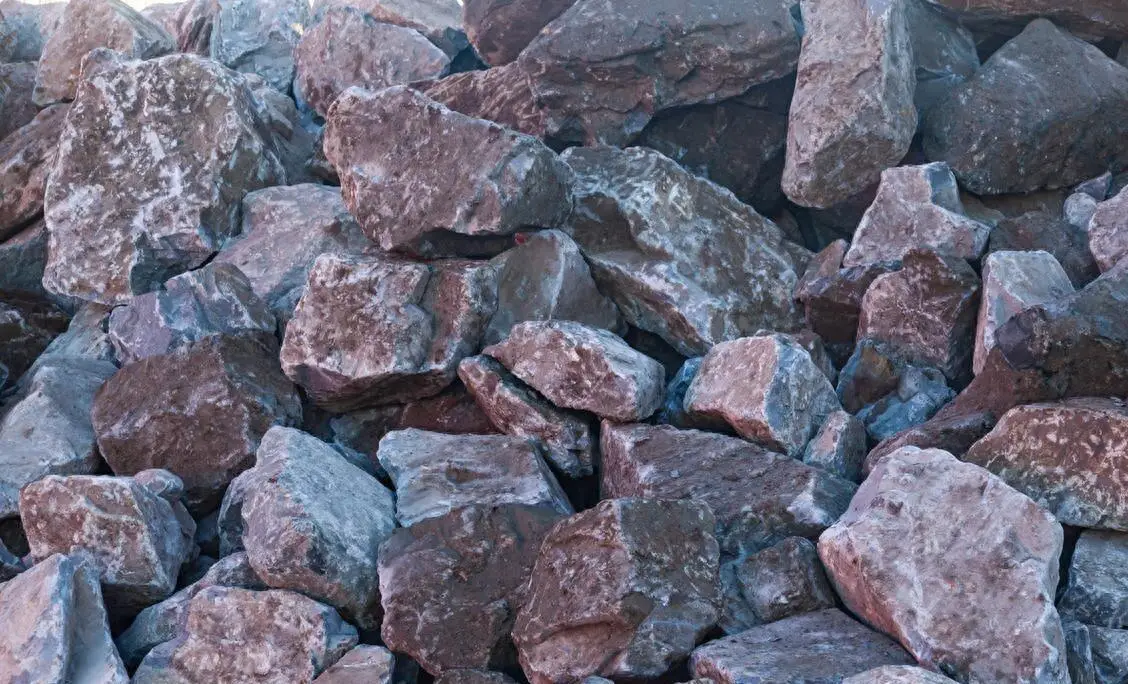
The Albanese government faces a dilemma. Accepting China's demands would disrupt Australia's long-standing reliance on the dollar-denominated settlement system; refusing to compromise could permanently lose market share in China. Australia had previously attempted to remain neutral in the trade dispute between China and the United States, but the iron ore trade impasse has put it under pressure to choose sides.
China's suspension of purchases only applies to BHP Billiton's dollar-denominated products; exports to China from Rio Tinto and Fortescue Metals Group remain unaffected. This precise strike strategy serves to both demonstrate its stance and avoid a full-scale trade conflict.


